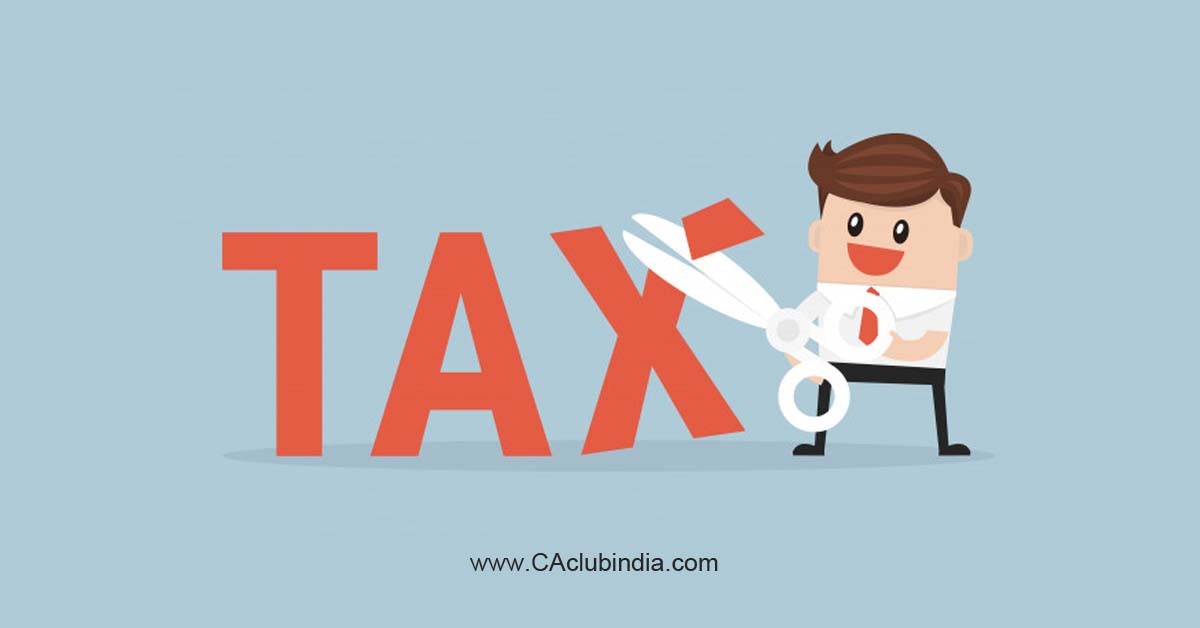In this article we will be discussing the deductions that are available to the salaried and the self employed individuals taking in aspect Section 80CCD. Section 80CCD refers to the deductions available to the employees who contribute to the National Pension Scheme(NPS) and Atal Pension Yojana(APY). Atal Pension Yojana is a pension scheme which is mainly targeted towards the unorganized sector such as gardeners, delivery boys, maids etc.
National Pension Scheme is a social security initiative by the Central Government for the individuals to receive a monthly pension at regular intervals after their retirement. The motive of both schemes is to help individuals create a retirement Corpus which will further help them live a comfortable post-retirement life. NPS is one of the most popular deductions and is a notified pension scheme from the Central Government.

Many take advantage of these deductions at the time of Income Tax Return filing. The deductions available under Section 80CCD can be claimed at the end of a financial year when filing for Income Tax Returns. A proof of payment needs to be presented for the eligibility of the deduction.
For a better understanding Section 80CCD is divided into three parts which are given as below:-
- Section 80CCD(1)- For the deduction available to the salaried and the self-employed individuals
- Section 80CCD(1B)- For additional deduction over and above the Section 80CCD(1)
- Section 80CCD(2)- For the contribution which is made by the employer or the Central Government for his employee
Section 80CCD(1)
This scheme is for all the individuals aging from 18-60 years and contributing towards NPS. The deduction includes government, non-government, self-employed individuals and also a Non-Resident Indian. The deduction of Section 80CCD(1) is discussed as below:-
- For Self-Employed Persons:- 20% of his gross total income in the previous year with the maximum limit capped at Rs.150,000 for a given financial year.
- For Employees:- 10% of his salary (Basic+DA) in the previous year
Section 80CCD(1B)
This subsection of Section 80CCD(1) was introduced in the Union Budget of 2015 as sub-section 1B. This scheme is for the additional deduction over and above the deduction available for Section 80CCD(1). This deduction is also for the salaried and the self-employed individuals which raises the maximum deduction under Section 80CCD to Rs. 2,00,000/-. Tax benefits under Section 80CCD(1B) can be claimed over and above the deduction of Section 80CCD(1).
Section 80CCD(2)
This section refers to the contribution of the employer towards the employee’s NPS. This contribution of the employer can be made in addition to the Public Provident Fund(PPF) and Employees’ Provident Fund(EPF). The contribution of the employer towards the NPS may be equal to or greater than the contribution by the employee. This Section is only for the salaried employees and not the self-employed individuals. The deductions under this section can be claimed over and above the claim of Section 80CCD(1). To claim deduction under section 80CCD(2) :-
- First add the contribution made to the salaried income
- Claim a 10% of deduction of your salary(Basic+ Dearness Allowance). Government employees are eligible for a 14% deduction.








 CAclubindia
CAclubindia
